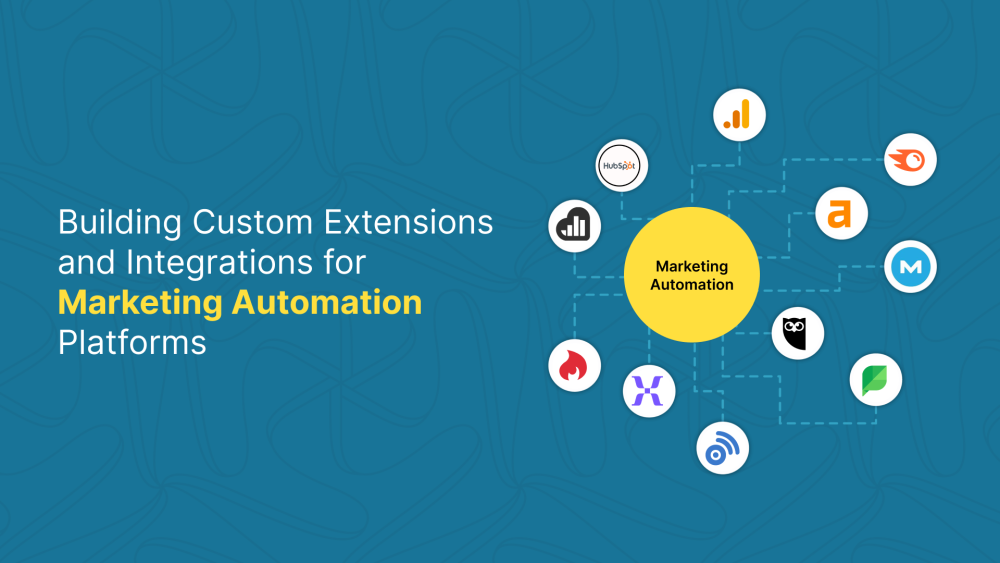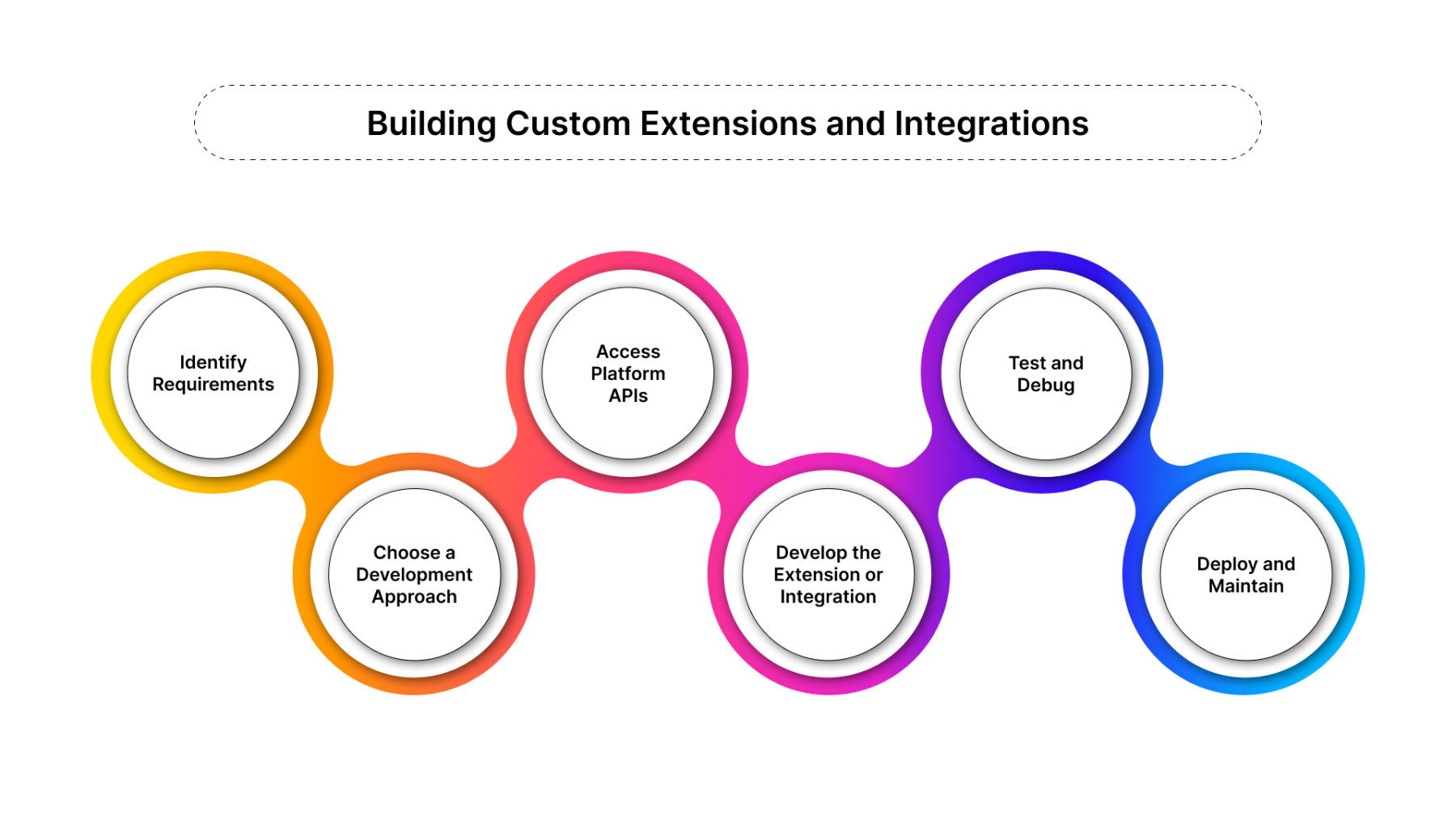Marketing automation platforms have become indispensable tools for businesses seeking to streamline their marketing efforts and enhance customer engagement. However, to truly maximize the value of these platforms, organizations often need to extend their capabilities through custom extensions and integrations. This blog explores the process of building custom extensions and integrations for popular marketing automation platforms, highlighting the benefits, challenges, and best practices involved.
Understanding Custom Extensions and Integrations
Custom extensions and integrations allow businesses to tailor marketing automation platforms to their specific needs. They can be used to:
-
Extend Functionality: Add new features or capabilities not available out-of-the-box.
-
Integrate with Other Systems: Connect marketing automation platforms with other tools, such as CRM systems, e-commerce platforms, or payment gateways.
-
Customize User Interface: Create custom interfaces or dashboards to improve user experience.
-
Automate Tasks: Automate repetitive tasks and workflows to increase efficiency.
Building Custom Extensions and Integrations
The process of building custom extensions and integrations varies depending on the specific marketing automation platform and the desired functionality. However, the general steps involved include:
-
Identify Requirements: Clearly define the goals and objectives of the extension or integration.
-
Choose a Development Approach: Select the appropriate development approach, such as API-based integration or custom code development.
-
Access Platform APIs: Obtain necessary API documentation and credentials from the marketing automation platform provider.
-
Develop the Extension or Integration: Write code to implement the desired functionality, using the platform's API or SDK.
-
Test and Debug: Thoroughly test the extension or integration to ensure it works as expected.
-
Deploy and Maintain: Deploy the extension or integration to your marketing automation platform and maintain it over time.
Popular Marketing Automation Platforms and Their Development Environments
-
HubSpot: HubSpot Marketplace offers a wide range of pre-built integrations and allows for custom development using the HubSpot API.
-
Marketo: Marketo provides a developer portal with documentation and tools for building custom integrations.
-
Salesforce Marketing Cloud: Offers a variety of APIs and tools for building custom extensions and integrations.
-
Oracle Eloqua: Provides a developer toolkit and API documentation for custom development.
Benefits of Custom Extensions and Integrations
-
Tailored Functionality: Adapt marketing automation platforms to specific business needs.
-
Improved Efficiency: Automate tasks and streamline workflows.
-
Enhanced Integration: Connect with other systems for a more unified view of customer data.
-
Competitive Advantage: Gain a competitive edge by offering unique features and capabilities.
Challenges and Considerations
-
Technical Expertise: Building custom extensions and integrations requires technical skills and knowledge of the platform's APIs.
-
Maintenance: Ongoing maintenance and updates may be necessary to ensure compatibility and functionality.
-
Security: Prioritize security to protect sensitive data and prevent unauthorized access.
-
Cost: Developing custom extensions and integrations can involve additional costs.
Best Practices for Building Custom Extensions and Integrations
-
Start Small: Begin with smaller, simpler extensions or integrations to gain experience.
-
Leverage Pre-Built Components: Utilize pre-built components or templates whenever possible.
-
Test Thoroughly: Rigorously test extensions and integrations to ensure they work as expected.
-
Consider Long-Term Maintenance: Plan for ongoing maintenance and updates.
-
Prioritize Security: Implement security measures to protect sensitive data.
Latest Trends and Technologies
-
Low-Code/No-Code Platforms: Leverage low-code platforms to simplify the development process.
-
AI and Machine Learning: Incorporate AI and ML to automate tasks and provide intelligent recommendations.
-
API-Led Connectivity: Focus on API-led integration for flexibility and scalability.
-
Microservices Architecture: Break down integrations into smaller, independent components.
Conclusion
Custom extensions and integrations are essential for maximizing the value of marketing automation platforms. By carefully considering your requirements, leveraging the right tools and technologies, and following best practices, you can build powerful extensions that enhance your marketing efforts and drive business growth.



